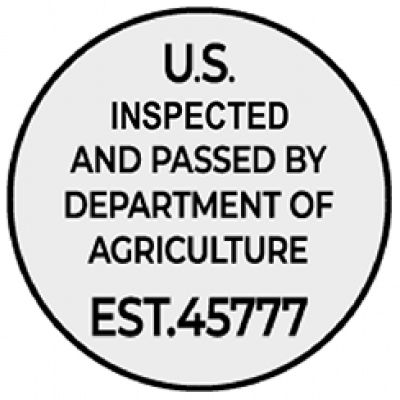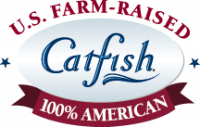
Proper nutrition during pregnancy and while breastfeeding is important to maintain the health of the mother and baby. But how does seafood, and catfish specifically, fit into the picture?
The Food and Drug Administration has revised its 2017 guidelines on consuming fish and shellfish during pregnancy and while breastfeeding to help consumers understand mercury levels in specific types of fish and highlight the best options to incorporate into a healthy pre- and postnatal diet. The guidelines recommend that pregnant women eat at least 8 ounces and up to 12 ounces of a variety of low-mercury seafood a week. That is the equivalent of two to three servings.
Fish high in mercury include marlin, swordfish and big eye tuna and are not recommended for consumption during pregnancy and while breastfeeding.
Low-mercury seafood contains several vital nutrients essential for a baby’s growth and development during pregnancy and into early childhood. These options are a great source of protein, iron, zinc and DHA, an amino acid that can promote baby’s brain development.
Catfish, as a low-mercury option, can be included in any pregnancy or breastfeeding diet. As a lean fish, it’s an excellent source of protein. It is low in saturated fat (the bad kind) and is a moderate source of polyunsaturated fat (the good kind) and omega-3 fatty acids. U.S. Farm-Raised Catfish from Heartland Catfish is a healthy choice for mom and baby.
When incorporating seafood into a pre- or postnatal diet, it’s important to consider these precautions from the Mayo Clinic:
- Avoid uncooked fish and shellfish. Raw seafood, if handled improperly, can contain harmful bacteria or viruses.
- Take note of local fish advisories.
- Cook seafood properly. Most seafood should be cooked to an internal temperature of 145 F (63 C). Fish is done when it separates into flakes and appears opaque throughout.





